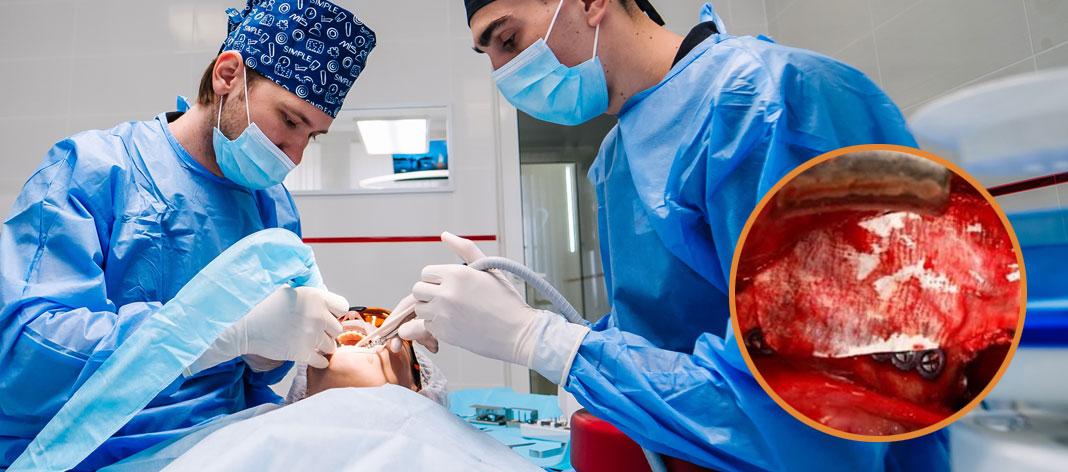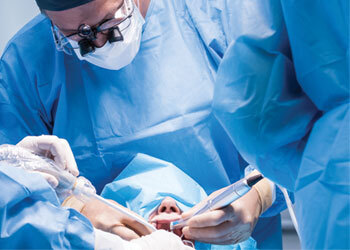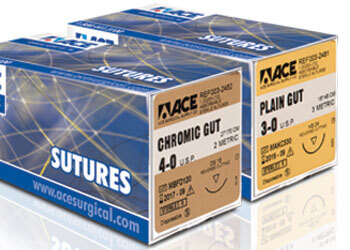The Essential Guide to Barrier Membranes in Dental Surgery

Barrier membranes play a crucial role in oral surgery, especially in procedures like bone grafting and tissue regeneration. Their main functions are to keep particulate matter in place, reduce the risk of bacterial infiltration, and prevent epithelial cells from entering the bone space. Understanding the various types of membranes and their specific applications is crucial for improving surgical outcomes.
Barrier membranes can be broadly categorized into resorbable and non-resorbable types. Resorbable membranes include bovine-based (pure Type I collagen with crosslinking for structural integrity), porcine-based (non-crosslinked with excellent biocompatibility), human-based (pericardium for strength and natural integration, placental membranes for healing capabilities), and synthetic membranes (PLA or PGA for predictable resorption and mechanical properties). Non-resorbable membranes, such as PTFE, are known for their durability and effectiveness in preventing bacterial penetration and ensuring long-term stability. Additionally, L-PRF (Leukocyte-Platelet Rich Fibrin), while not a barrier membrane, is often used alongside these membranes for its regenerative properties and healing promotion. Selecting the appropriate membrane for a procedure depends on several factors, including the type of surgery, desired resorption time, stiffness and conformability, strength and handling, source material, and exposure considerations. These aspects influence the membrane's compatibility and effectiveness in specific surgical contexts.
Designed to optimize surgical outcomes and healing, perFORM® collagen membranes stand at the forefront of barrier membrane technology. perFORM membranes are known for their strength and permeability, which is essential for effective bone regeneration. They feature dual hydrophilic surfaces that support osteogenesis, with densely packed collagen bundles preventing epithelial ingrowth and loosely packed fibers supporting new bone growth. Fully resorbable, perFORM eliminates the need for a second surgery and provides ample time for osteogenesis. The high-performance features of perFORM include easy cutting wet or dry, resistance to tearing, and the ability to conform to defect contours. The dual layers allow fluid passage prevents unwanted epithelial ingrowth. perFORM is suitable for various applications, such as augmentation around implants, filling bone defects, guided bone regeneration, and guided tissue regeneration in periodontal defects. It offers a reliable and advanced solution for dental surgical specialists, combining high performance, ease of use, and excellent clinical outcomes.
Learn how incorporating perFORM Collagen Membranes into your practice can help you ensure superior performance and patient outcomes.
*Procedure photo credit: Dr. Brent Allen, AU



